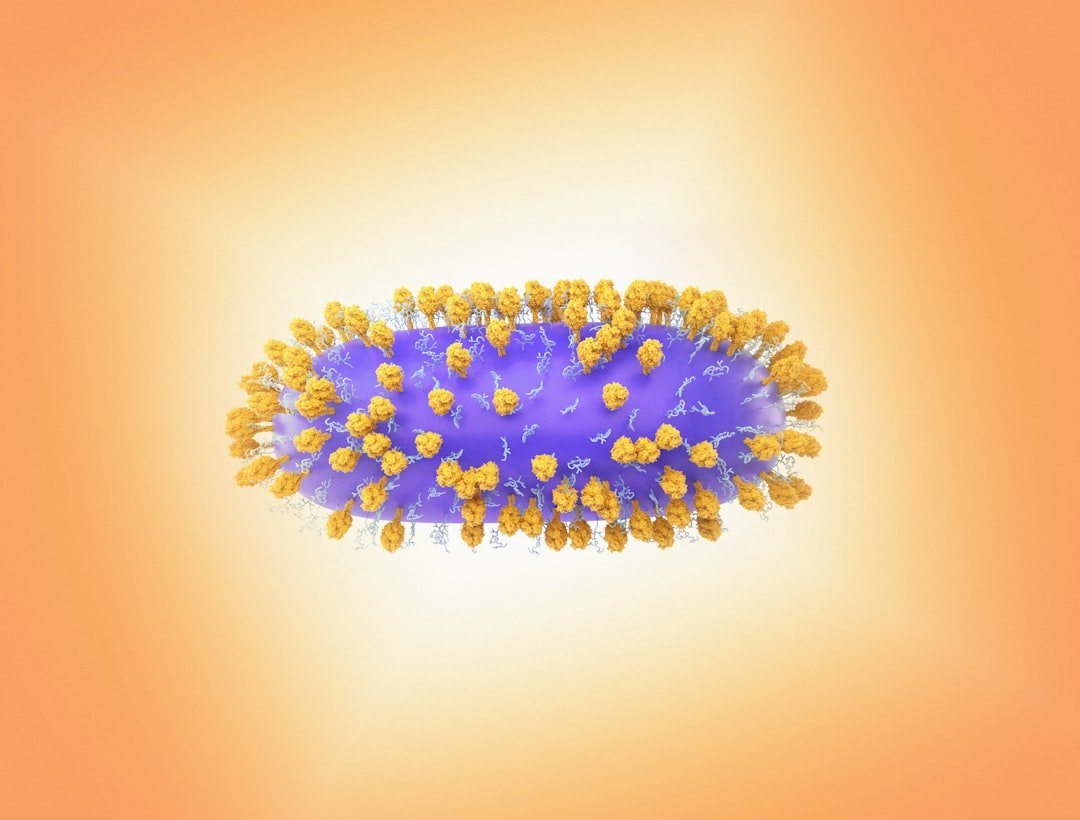
Household spaces often harbor a surprising array of microorganisms, making it impossible to eliminate every trace. There’s little benefit in obsessing over minor traces of microbes, as trace levels typically pose minimal threats to health. Instead, it’s wiser to target the primary hotspots where pathogens thrive and multiply.
Particular items around the home can accumulate substantial colonies of germs, potentially leading to illness if overlooked. Identifying and addressing these overlooked germ reservoirs is essential for maintaining well-being. The following sections highlight several common examples worth your attention.
Your Mobile Device
We handle our mobile devices throughout the day, inadvertently transferring germs onto their surfaces. Without regular maintenance, these contaminants linger and build up over time. Research suggests that the average device carries up to 10 times the bacterial load of a typical toilet seat, underscoring the need for routine hygiene practices.
This risk intensifies in areas like the bathroom, where phones are often used and then carried elsewhere, such as the kitchen during meal prep. Even with handwashing routines in place after restroom use and before food handling, the device itself frequently goes unaddressed, creating a pathway for pathogens to spread from one zone to another.
To address this, opt for gentle cleaning methods since submerging your device isn’t feasible. Disinfectant cloths, like those from Lysol, offer a safe option that won’t harm protective cases or screens. Specialized wipes for electronics are readily available online. Always power down the device during cleaning to thoroughly access ports and allow it to air dry completely afterward.
Your Television Controller
The remote for your TV sees frequent use but seldom gets a thorough wipe-down, much like other daily essentials. While it’s less likely to travel to the bathroom, shared handling in a household can still facilitate the transmission of illnesses among family members or guests.
For effective sanitization, remove the batteries first, then apply rubbing alcohol with a soft cloth or reach for disinfectant wipes to cover all surfaces. This simple step can significantly reduce the risk of germ buildup and promote a healthier living space.
Your Kitchen Basin
During dishwashing routines, a variety of residues and microorganisms end up in the kitchen basin, with some clinging to the interior walls. If these surfaces aren’t routinely scrubbed, layers of bacteria can accumulate, turning the sink into a persistent source of contamination and potentially compromising food safety.
Your Refrigerator
Storing unsealed or open food items in the refrigerator can lead to spills and leaks, which foster the growth of mold and bacteria over time. Such conditions not only degrade the affected items but can also contaminate nearby foods, spreading potential health hazards.
Regular maintenance is key to preventing this; wiping down all interior surfaces helps eliminate residues that harbor microbes and keeps stored items safe. To do this properly, remove the shelves and drawers to access hard-to-reach spots and ensure no hidden grime remains. Additionally, adopting preventive measures, such as sealing containers tightly, can minimize drips and crumbs, reducing the overall maintenance needed—experts recommend checking seals every few weeks for effectiveness.
Your Toilet
The toilet is a well-known germ hotspot, requiring consistent cleaning of the seat and flushing mechanisms to maintain hygiene. However, an often-overlooked issue is how flushing without closing the lid can aerosolize water droplets, spreading bacteria throughout the bathroom and contaminating towels, toothbrushes, and other items—studies show this “toilet plume” can disperse microbes up to six feet away.
Your Faucet Handles
Faucet handles are touched repeatedly, often with unwashed hands, yet they rarely receive the attention they deserve. Neglecting them can result in a cycle where users reintroduce bacteria each time they turn off the water.
Aim to clean these handles two to three times weekly using a soapy cloth for a quick yet effective sanitize. For a more hands-off approach, consider upgrading to sensor-based faucets that activate with a simple hand wave, eliminating direct contact altogether; according to plumbing insights, these models not only cut down on germ transfer but also conserve water by preventing unnecessary runs.
Your Bath and Hand Linens
Though designed to dry us after bathing, towels can become breeding grounds for bacteria due to their moist, warm environment. After just a few uses, these fabrics may harbor significant germ populations, undermining their purpose.
Health guidelines advise laundering towels, including both bath and hand varieties, after no more than three uses to disrupt bacterial growth—washing in hot water above 140°F (60°C) enhances this process by killing more pathogens effectively.
Beyond these, don’t forget about cherished playthings for children and pets, which often encounter germs through handling or chewing. Regular cleaning of these items, perhaps with mild antibacterial solutions, can help safeguard against the diverse microbes they pick up, as pediatric health resources note that toys can carry everything from common cold viruses to pet-related bacteria.




